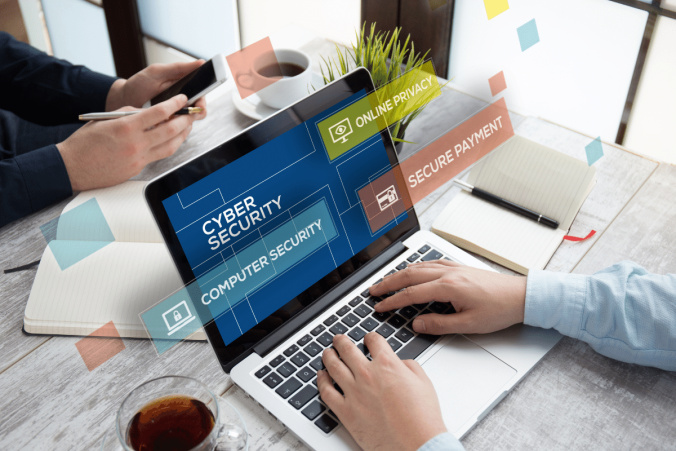Identification
A key part of keeping your data and devices secure is being able to identify who is trying to access them. This can be done through security identification, which is the process of verifying the identity of a person or entity trying to access a system or network.
Security identification can be done in a variety of ways, including using passwords, authentication codes, or biometric data. It is important to use strong authentication methods to ensure that only authorized users can access your data.
If you are using a public computer or network, be sure to log out when you are finished using it. This will help to prevent others from accessing your data.
It is also important to keep your software and operating systems up to date. This will help to protect your devices from known security vulnerabilities.
By following these tips, you can help to keep your data safe and secure.”
Authentication
Security authentication is the process of proving one’s identity when accessing a secure system or network. There are a variety of methods for performing security authentication, including passwords, one-time passwords, and biometric authentication.
Passwords are the most commonly used form of security authentication. A user is typically given a password when they first sign up for a secure account, and they must enter the password each time they want to access the account. One-time passwords are similar to passwords, but are only valid for a single use. They are often used when logging in to a secure account from a new device or computer.
Biometric authentication is a form of security authentication that uses physical characteristics, such as fingerprints or facial features, to verify a user’s identity. This type of authentication is becoming increasingly popular, as it is more secure than traditional methods such as passwords.
Authorization
When it comes to security, one of the most important concepts to understand is authorization. Authorization is the process of granting access to resources based on the identity of the user or process. In other words, it is the act of determining whether a user is authorized to perform a certain action.
There are two main components to authorization: authentication and authorization. Authentication is the process of verifying the identity of a user, while authorization is the process of determining what access the user should have.
Typically, authentication is handled by a username and password, while authorization is handled by a role-based access control (RBAC) system. RBAC is a system that assigns users to specific roles, and then determines which actions the user is authorized to perform based on their role.
There are a number of different ways to implement RBAC, but the most common is by using a matrix of permissions. In a matrix of permissions, each row represents a particular action, while each column represents a particular user or group. The cells in the matrix contain the permissions for that action for that user or group.
This system is very flexible, and can be tailored to meet the specific needs of your organization. It can also be scaled to accommodate the growth of your organization.
There are a number of different RBAC systems available, and the best one for your organization will depend on your specific needs. However, the most important thing is to make sure that your system is adaptable and scalable.
